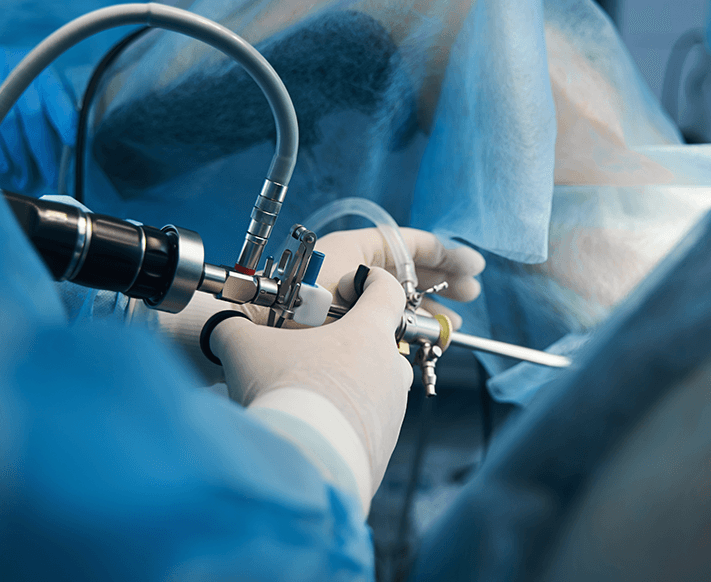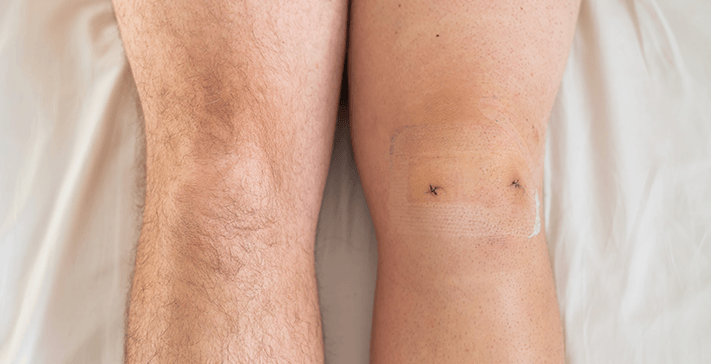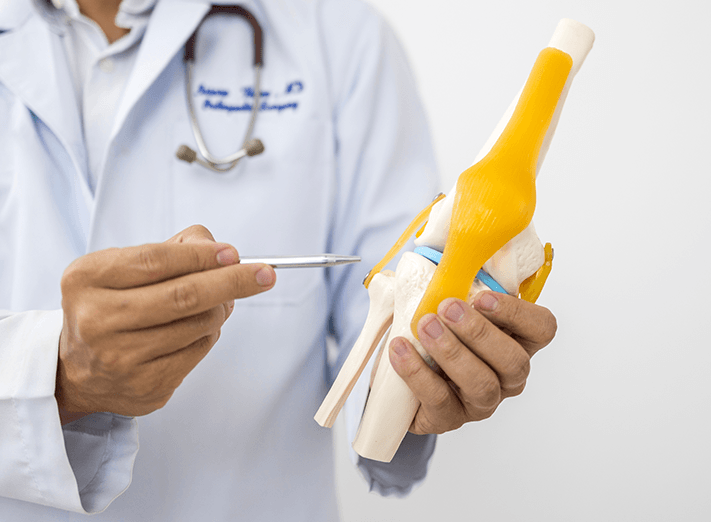What is Keyhole (Laparoscopic) Meniscus Surgery?
Keyhole meniscus surgery, also known as laparoscopic or arthroscopic meniscus surgery, is a minimally invasive procedure used to treat meniscus injuries in the knee. The meniscus is a C-shaped cartilage that acts as a cushion between the thighbone (femur) and the shinbone (tibia).
When torn due to injury or degeneration, it can cause pain, swelling, and difficulty in movement. This procedure involves making small incisions around the knee and using a tiny camera (arthroscope) to guide specialised surgical instruments to repair or remove the damaged meniscus tissue.
Difference Between Keyhole (Laparoscopic) and Open Meniscus Surgery
The main difference between keyhole and open meniscus surgery lies in the approach used:
Keyhole (Laparoscopic) Meniscus Surgery: Uses small incisions (typically less than 1 cm), a camera for visualization, and specialised instruments for precise repair. It is minimally invasive, with a faster recovery time.
Open Meniscus Surgery: Requires a larger incision to directly access the knee joint. This approach is less common today due to longer recovery times and increased risk of complications.









